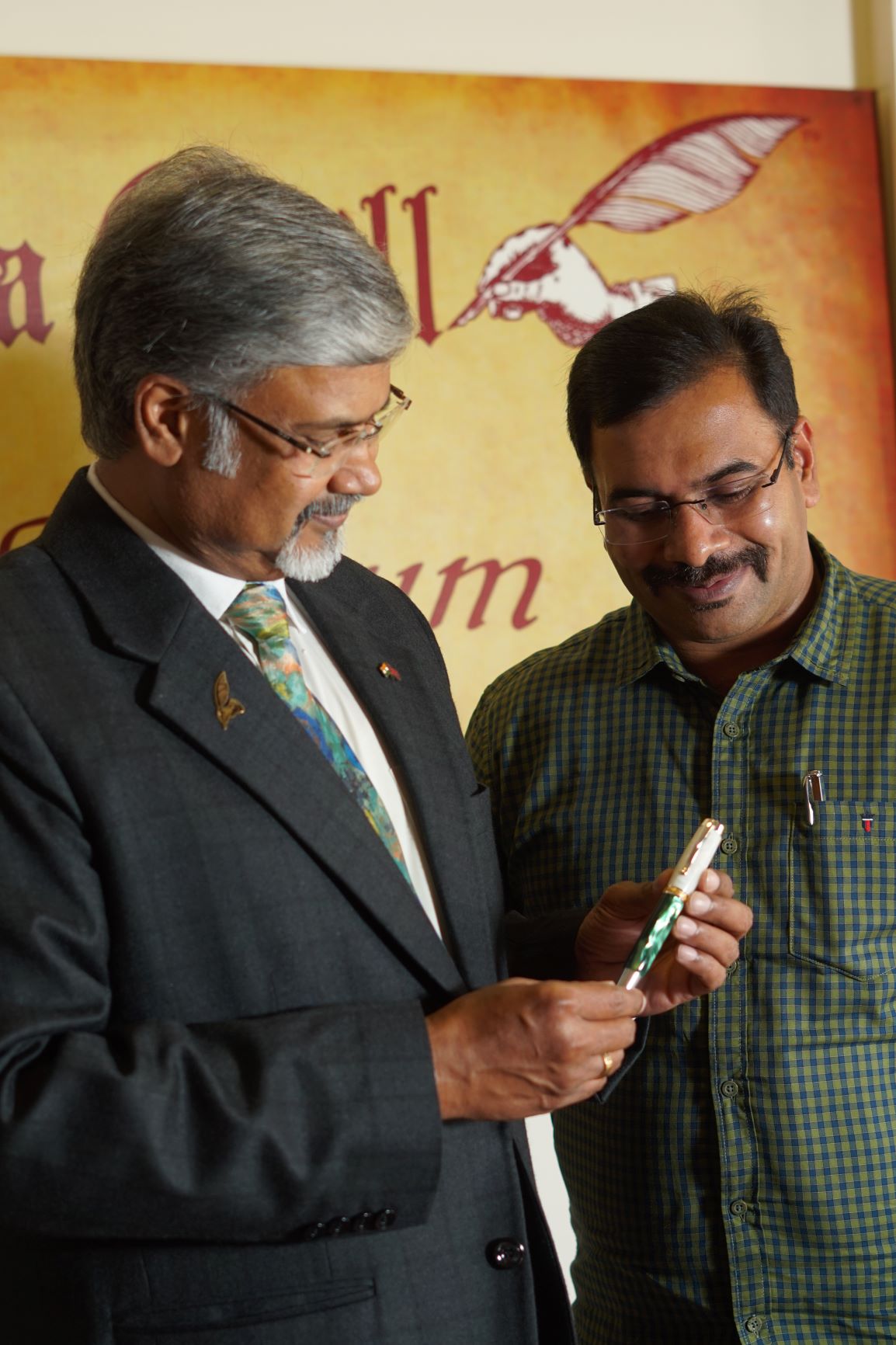
RYTOL’s Sreenath Vishnu specially hand turns a Newcastle Fountain Pen to Commemorate the Handwriting Maestro K C Janardhan’s achievements in United Kingdom!
This is a Rytol pen personally hand made by Sreenath Vishnu, the founder CEO of Rytol. The cap is made of moon white colour which depicts arts and peace of mind. The body is in green which depicts business prosperity and intellect.
It is Sreenath Vishnu’s way of commemorating the living legendary Handwriting and Calligraphy Maestro K C Janardhan’s unmatched achievements in life. Call it coincidence or serendipity, the pen named Newcastle seems to reflect what happened in 2001 when the Maestro went to England and taught the nuances of good handwriting to the British parents, teachers and students at various homes, offices, schools and Universities in England.
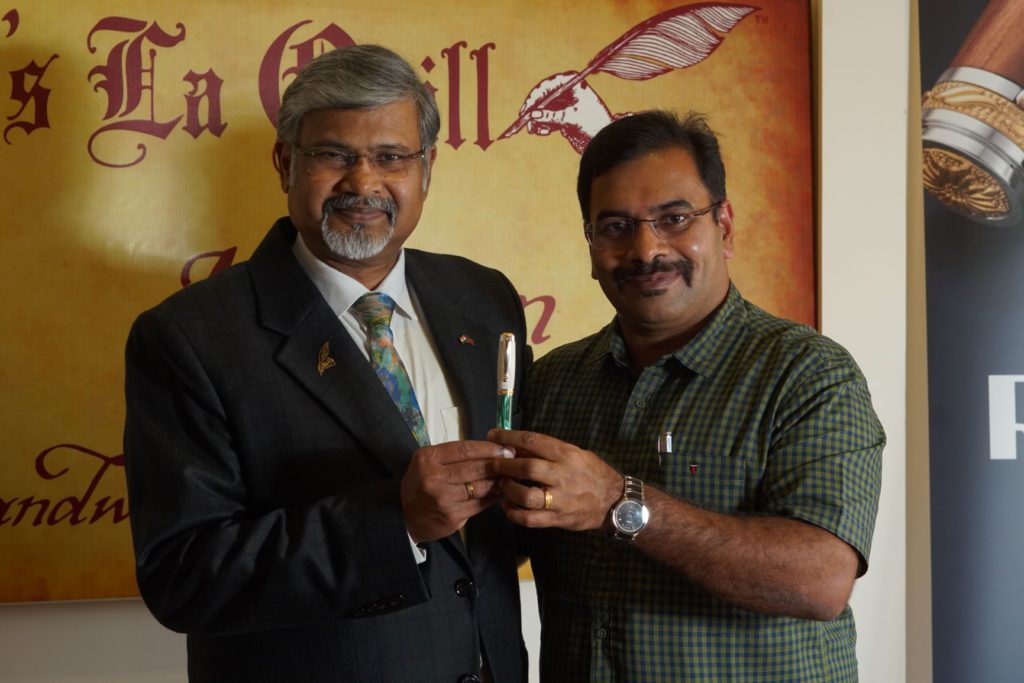
In 2001 Michael Patrao captioned an article as “Desi Ustad Teaches English Dons” in Deccan Herald where he wrote “It may appear to be a classic case of carrying the coal to Newcastle. But then Bangalore based Calligraphist just did that.”
Here are some excerpts of interviews and views expressed by many Head Teachers, Governors and Inspectors of Schools, Calligraphers as well as their students from that tour of 2001. He had gone across humbly to learn something from the British, but had ended up teaching them what’s right from the wrong and his interdisciplinary research found no parallel or match anywhere, which endorsed his arrival as the Handwriting and Calligraphy Maestro!

Graham Kellner Head teacher of Highworth Combined School of High Wycombe in an interview with the Maestro in 2001 said: “Oxfordshire Schools are unable to pride themselves with the high standards of handwriting anymore as the focus has shifted to literacy and numeracy and they spend less time on handwriting, as a result (of which) they have deteriorated in standards and quality of writing.”
“In the last many years nobody has ever visited our school to help us out in handwriting. Most of us were not aware of the valuable information shared by you and we are grateful and thankful for your visit to our school”.
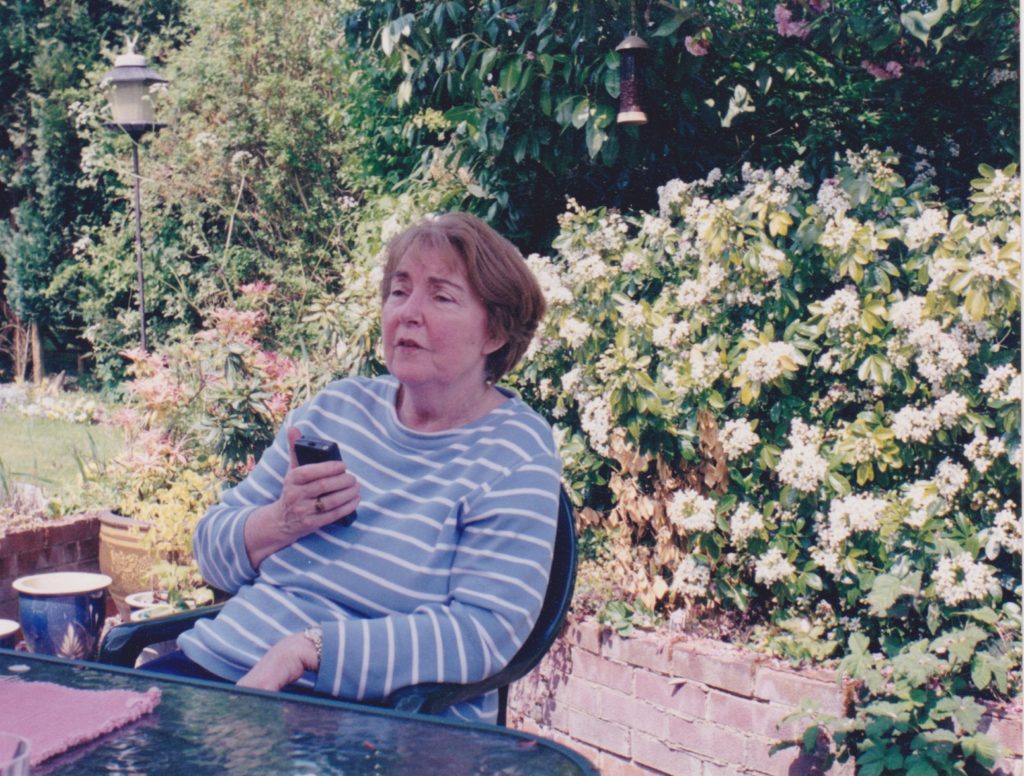
Eileen Shaw-Governor of Spinfield County School in Terrington Hill, Marlow, Buckinghamshire, England said: “One of the things my School has been criticised is for handwriting, there hasn’t been the emphasis that should have been by the teachers I was interested in knowing what Janardhan is doing with teacher training courses, because that is what somebody needs, even if it is only one session of just a day on a teacher training course that may last a year, there should be some emphasis at least on saying have you thought about handwriting and how are you going to teach handwriting.
It was very interesting having Janardhan in the classroom yesterday, because the children really responded to him. He knows exactly how to get the whole class of children listening intently. I think it’s probably the first time that anybody had talked to them about penhold, posture and paper position and special attention to left-handers and it was quite interesting to see how they responded to him and actually asked him “are we holding it right etc”.
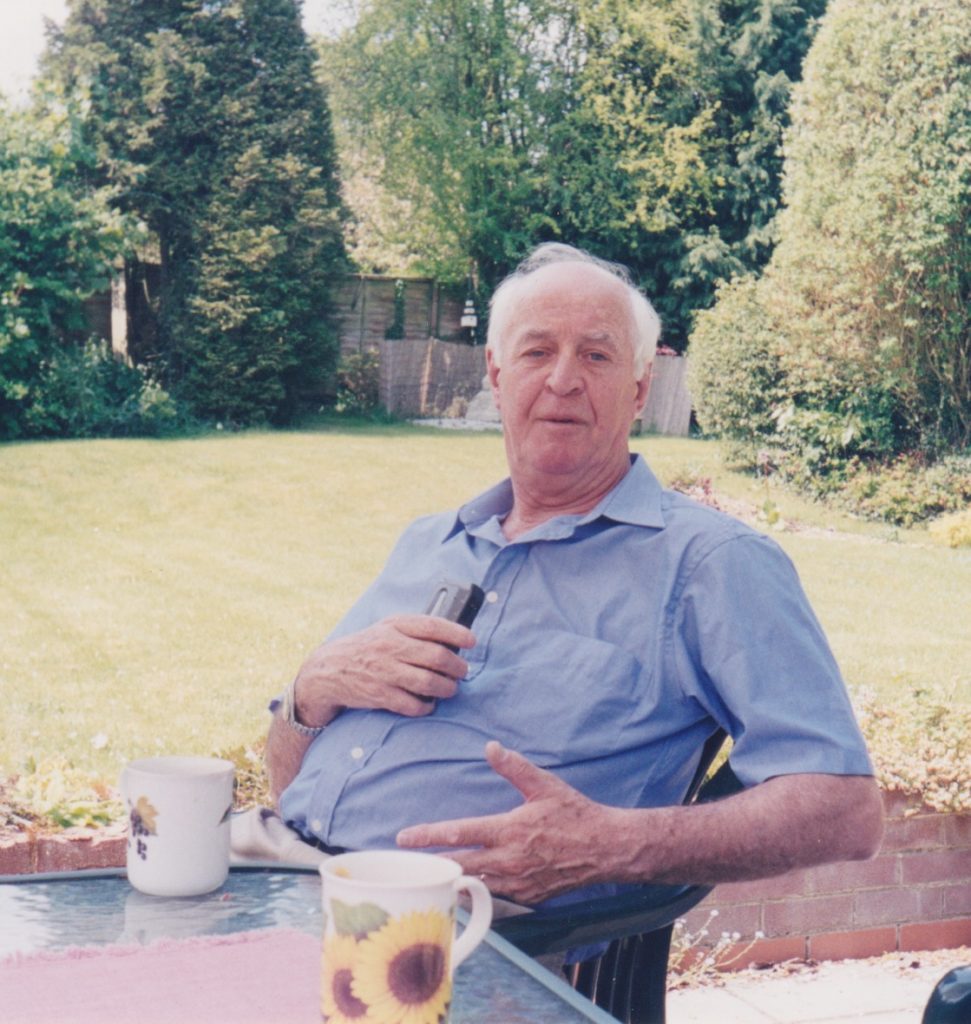
It has really been a great delight to have him staying with us. I’ve learnt an awful lot about the culture, about him. Derek also endorses my views and we wish him well because he is doing what is just absolutely necessary and needed.”
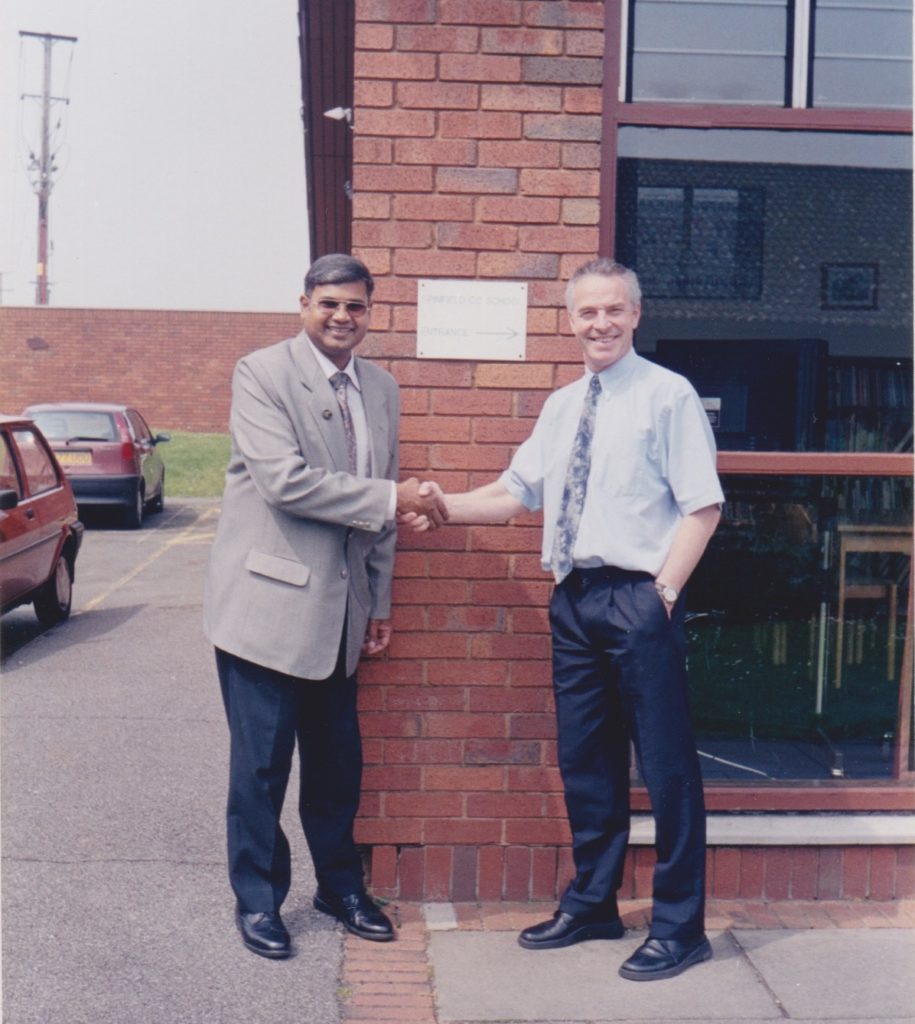
V Mackenzie – Headteacher of Spinfield School said, “It was a great honour to talk to Janardhan, he was very well organised , set clear objectives, his ideas were very good and kept the children motivated and keen to try a new way of writing. Following his visit, most of the children have been trying very hard to improve their handwriting and presentation of work. They have written to him, thanking him for showing them how to improve their handwriting”.
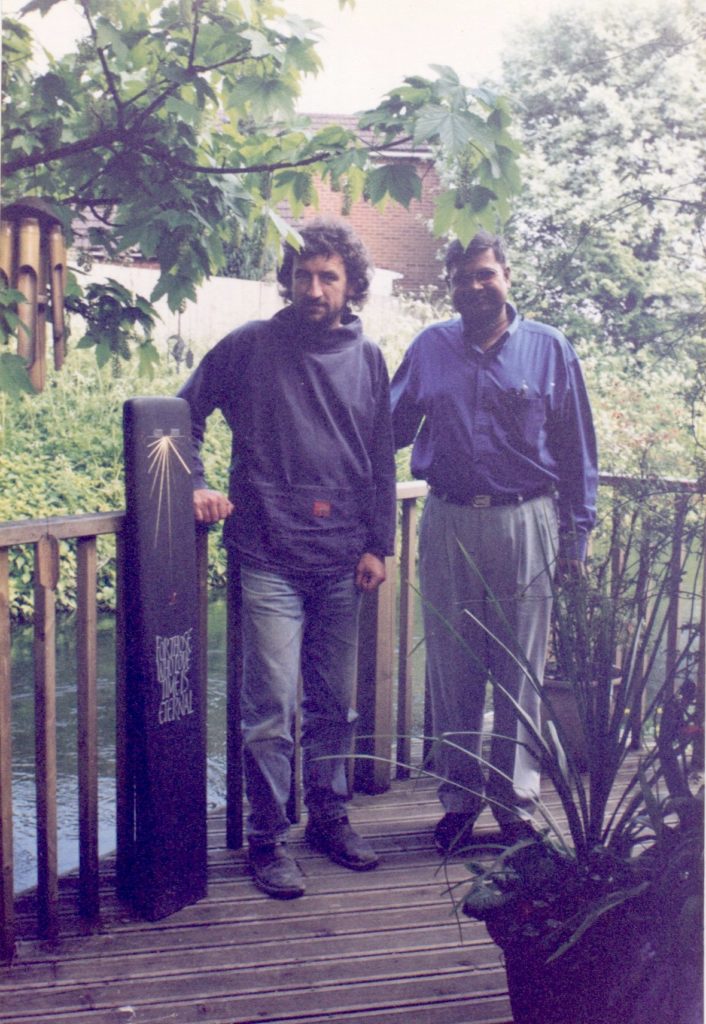
Maestro Prof K C Janardhan met Martin Cook a stone Letter carver in Loudwater, High Wycombe, England. He is from a family which has been in this profession for over 300 years, who have done jobs for people like Karl Marx, Winston Churchill, Her Majesty the Queen of England and her family.
Martin Cook echoed the same views about handwriting as Maestro Janardhan. He agreed that, “There is a great need for people who are interested in Lettering to stick together and spread the word, because in this computer generated age, it will all get lost and if we don’t …that is no progress after 2000 or more years where people have been carving and writing beautiful lettering and it will be a shame if it was all suddenly handed over to the computer. The origins and the reasons why alphabets developed will all be lost. No new alphabets will be designed along the right lines, because the history will be lost.”
“Handwriting in this country generally is very poor, because people don’t teach it properly in school, because they themselves are not told properly how to form letters, therefore they are teaching children the wrong way of forming letters. So, I think that it is very important the teachers are also given some tuition in how to form letters, then the children have a chance to write beautifully. But as it stands, they don’t know the right from wrong, because the teachers don’t”.
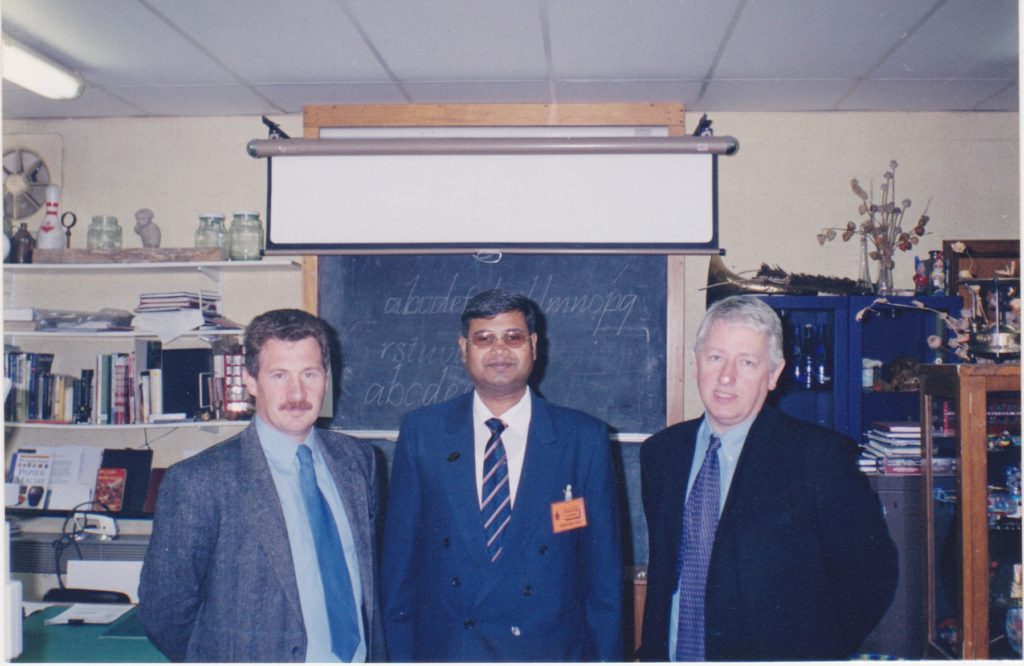
Flintoff – Head of Arts and Design at Warwick School of Art and Design said after the Maestro Prof Janardhan’s class: “We have had a very informative talk this morning from Janardhan, what was particularly good was that, given the age of the boys the speaker was addressing, there were a lot of good humoured moments, as well as useful practical moments and it was particularly pleasing to know the way he was able to adapt his talk”
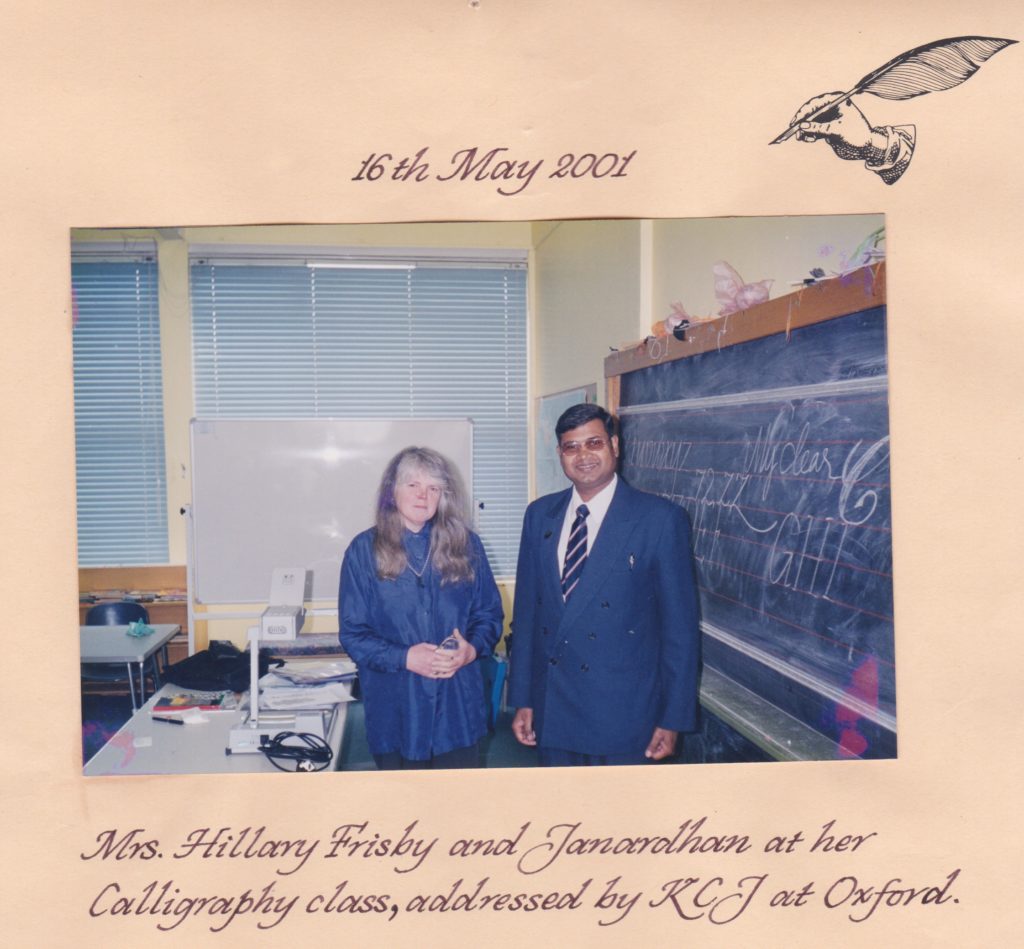
Hilary Frisby, who runs Calligraphy classes in Oxford said after the Maesrtro’s presentation and demonstration in her class for adults “Thank you very much, I was very impressed by the way in which you approach teaching children. I wish I had been taught in that clear simple way years ago.” Her student said the following: Margaret Gray said, “ I just feel that we were very, very privileged to have you come to our class and show us, the way you do it, which I must admit that it seemed very nice, easy way to pick it up.”
Michael O’ Connor – a priest at a local church said, “Thank you for introducing us to the Spirituality of Calligraphy.”
Jane Bale said, “Excellent demonstration on the formation of Italic letters”. Pauline Mc Cullough said, “ I have enjoyed your talk and the things you showed us very much, because you got down to the basics. It has made it clearer to me how I should go. I liked you demonstrating on the board which we don’t get as much. We have books…but as you said it is not easy to learn from a book. Thank you very much for coming.”
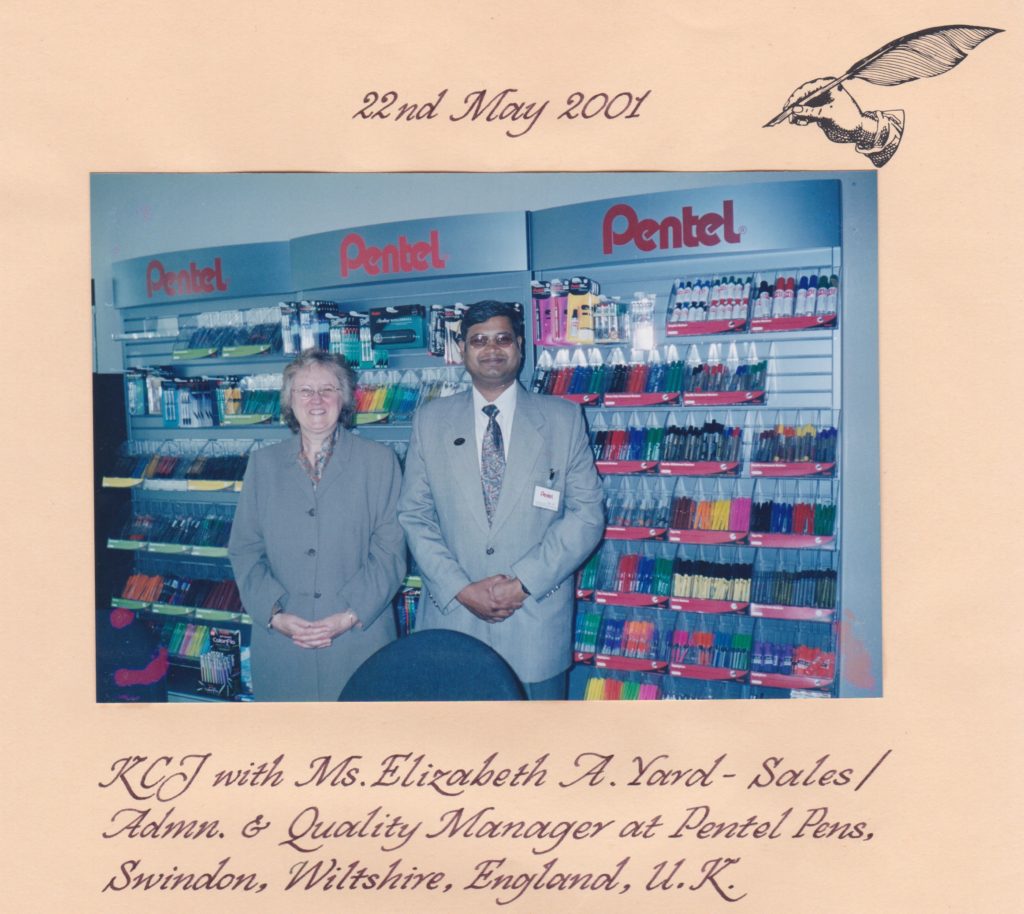
Later Maestro K C Janardhan met Elizabeth Yarde – Sales Admin/Quality Manager of Pentel Pens in Swindon, England, who after interacting with him said: “It has been a wonderful morning as Janardhan has been here and showed us his Calligraphy and the progress he has made with his students which is truly impressive and all I can say is I can’t wait to get to India. Thank you very much for coming, it’s been a pleasure to entertain you this morning at Pentel pens and here are our 45 different pens for you!”
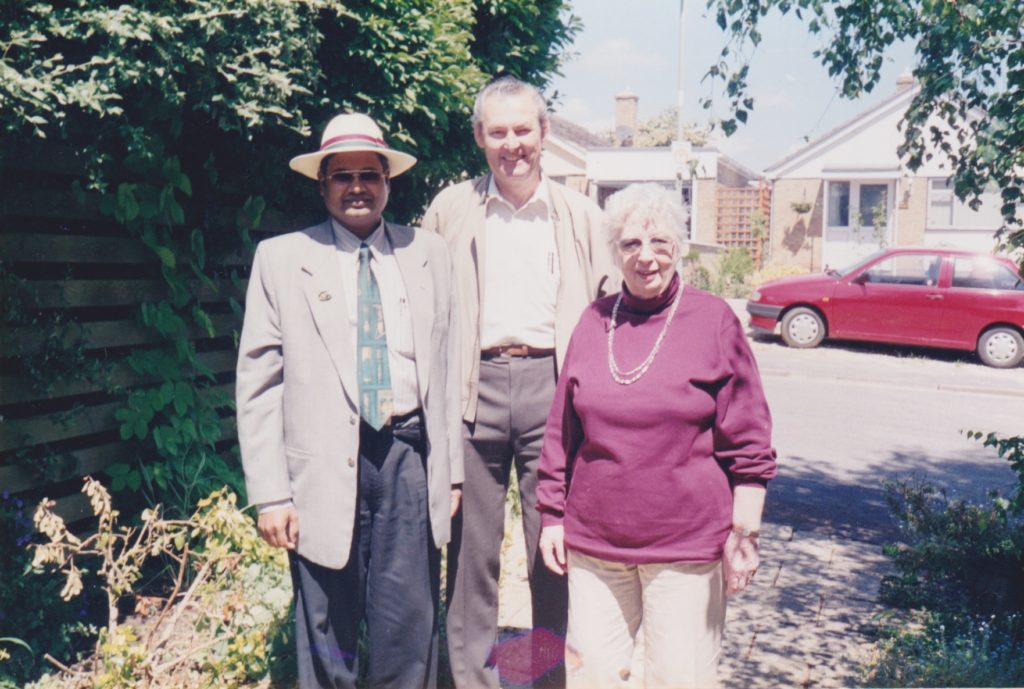
Prof K C Janardhan met Isabelle, Tony and Gerry of Oxford Scribes in Oxford and showed his work and discussed about handwriting and Calligraphy. These are some excerpts from the interactions.
Isabelle – a retired teacher with Oxford Scribes said, “I think you are doing a grand job teaching handwriting to people. Looking at your work, I think you are doing a splendid job, every good wish.”
Tony – a semi retired Policeman and a Calligrapher said: “Computerisation has led to teaching children fonts, when they want to know more we come in”.
“ In England we have cowboys (who are unskilled persons in any art, trade, or craft, who pose to be skilled an charge skilled prices) they have disgraced the profession and it is hard to keep them off as the majority of the people are not aware of the correct knowledge of this subject of Calligraphy. Janardhan keep in touch with as many English, American or German Calligraphers as possible.”
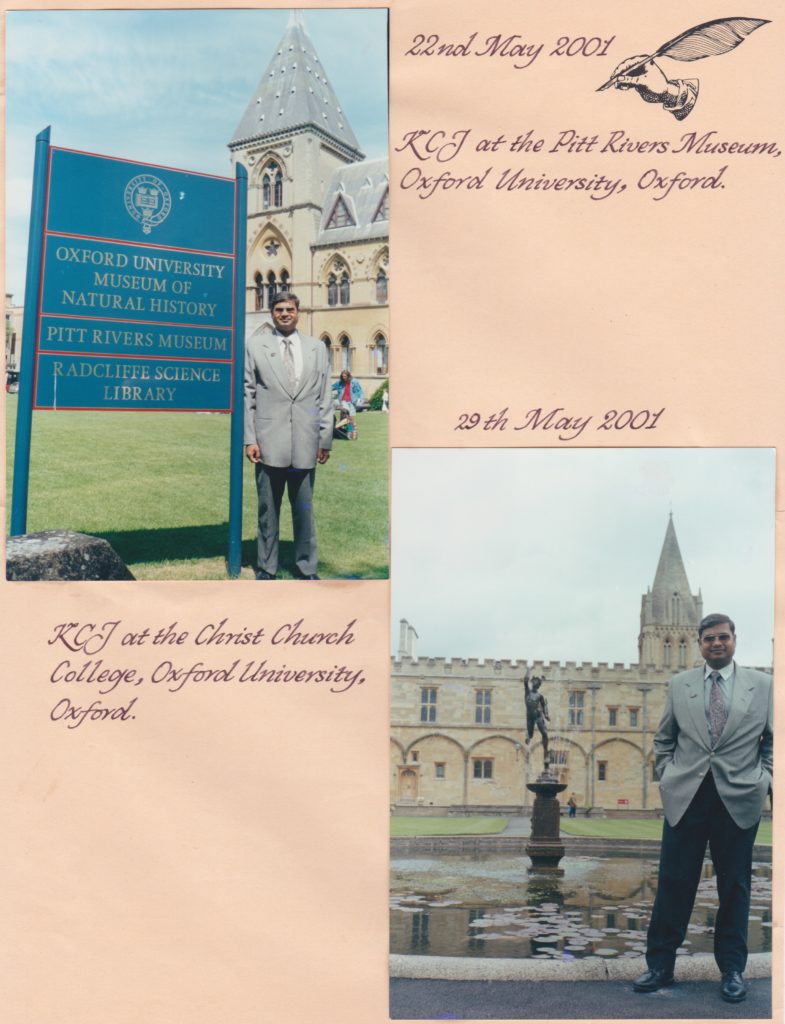
Gerry a retired Army officer and one of the founders of Calligraphy and Lettering Arts Society, London, said: “The teaching of Handwriting in India which is your preoccupation, is myriad very closely by the same situation in England, where the standards of handwriting have declined enormously for the last few years. Partly because of bad teaching, partly because the teachers themselves have never studied it and partly because of the influence of computers, particularly in primary schools. I am very happy with what you are doing”.
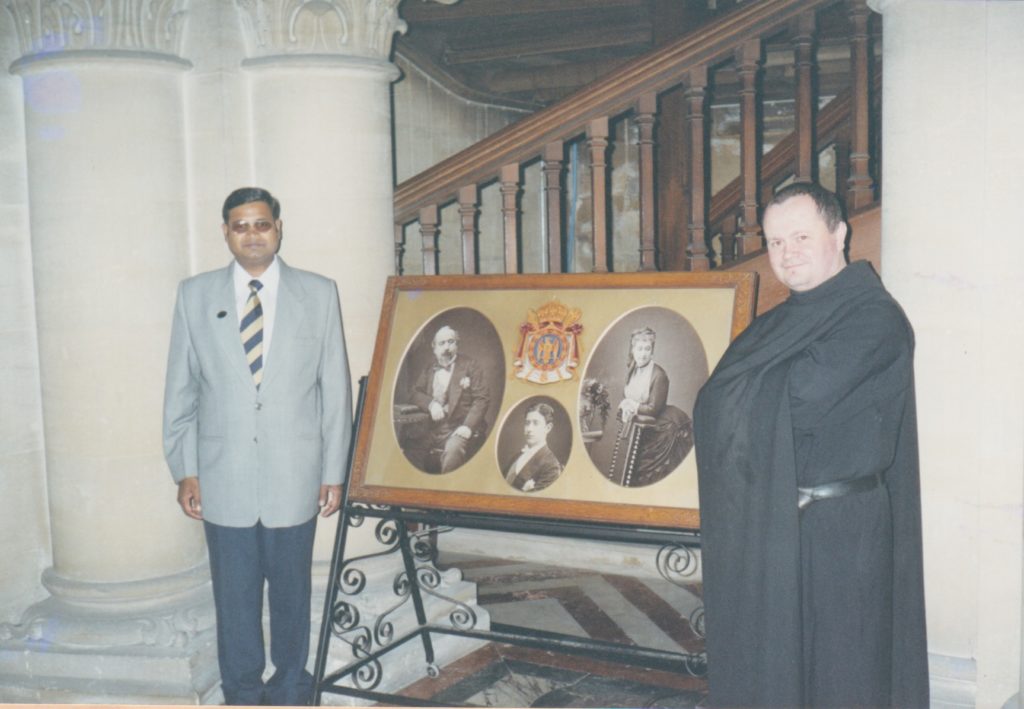
Later he met Father Cuthbert in Napoleon Bonaparte’s family Church called St. Michael’s Abbey in Farnborough. This place is world famous for restoration of torn or dilapidated Bibles, which are sent to them from across the world.
Father Cuthbert – Head of St. Michael’s Abby in Farnborough, a Lettering, Calligraphy and book binding expert. His views: “I think that the handwriting in Schools is absolutely atrocious! I think it is absolutely appalling. italic handwriting was taught as a standard lettering during the II World War.
Well, I think for italic you’ll get my support, because I think as I said, it is perfect grounding to move on from and maybe it is difficult in the beginning, but people are very proud…you must have often had the case when someone said Oh! could you write your name down for me and then have them say “Gosh” I’ll get this to a framer immediately!”
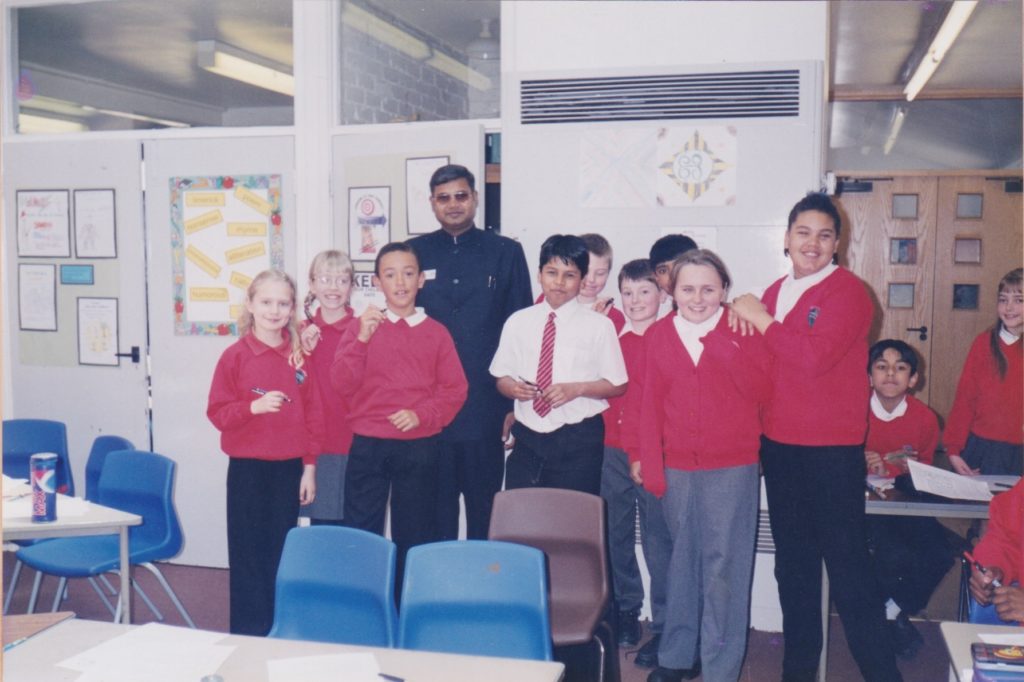
“Yes, I will be happy to speak with a lot of enthusiasm about what I’ve seen in the work of your students and your approach to lettering. I think the most important thing is not only the handwriting is improved but people are improved, by that … their self-confidence, their self-perception and how they can project themselves to the other people.
I would be pleased and would open my eyes nice and wide to any letter which was addressed to me in the post, in the handwriting your students…after the course!” I am not sure if I would have even opened the envelope of some of them, if I had seen before your course…so you should be very proud of what you are doing and continue it with great enthusiasm and gusto!”
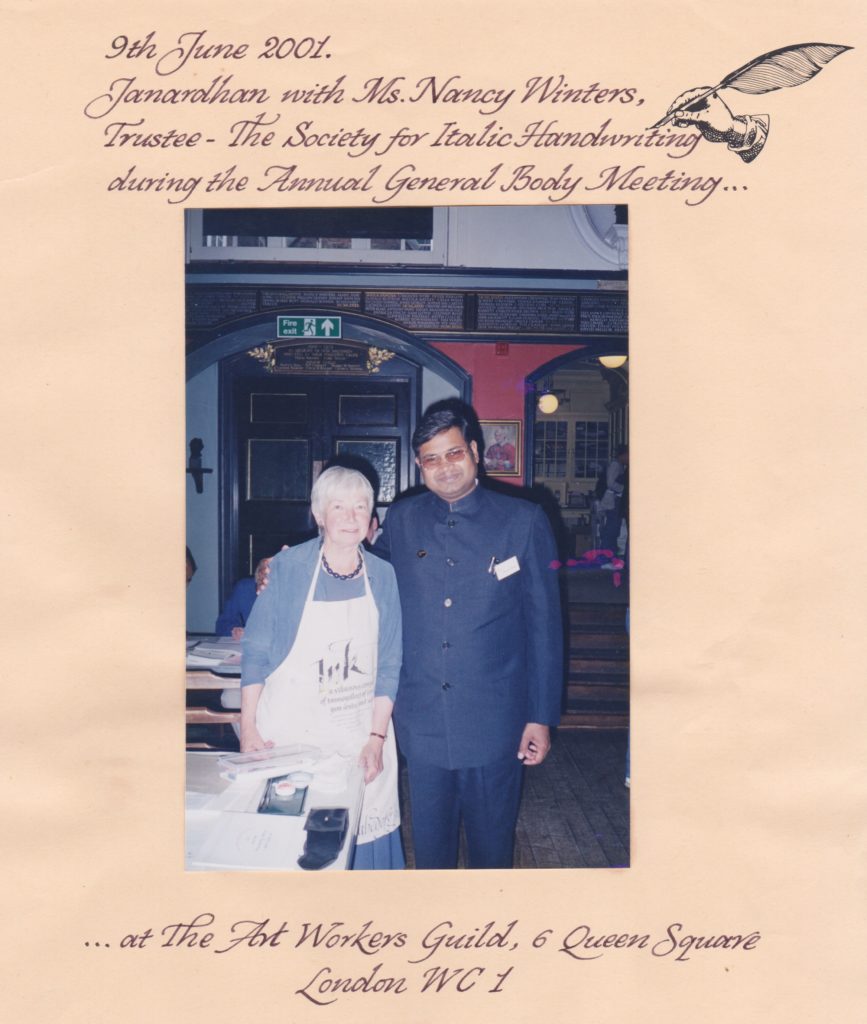
Maestro K C Janardhan attended the Annual General Body of the Society of Italic Handwriting in London and interviewed Graham Last – Chairman of the Society and Inspector of Schools, London in 2001. Over to Graham Last for his views on Handwriting in England.
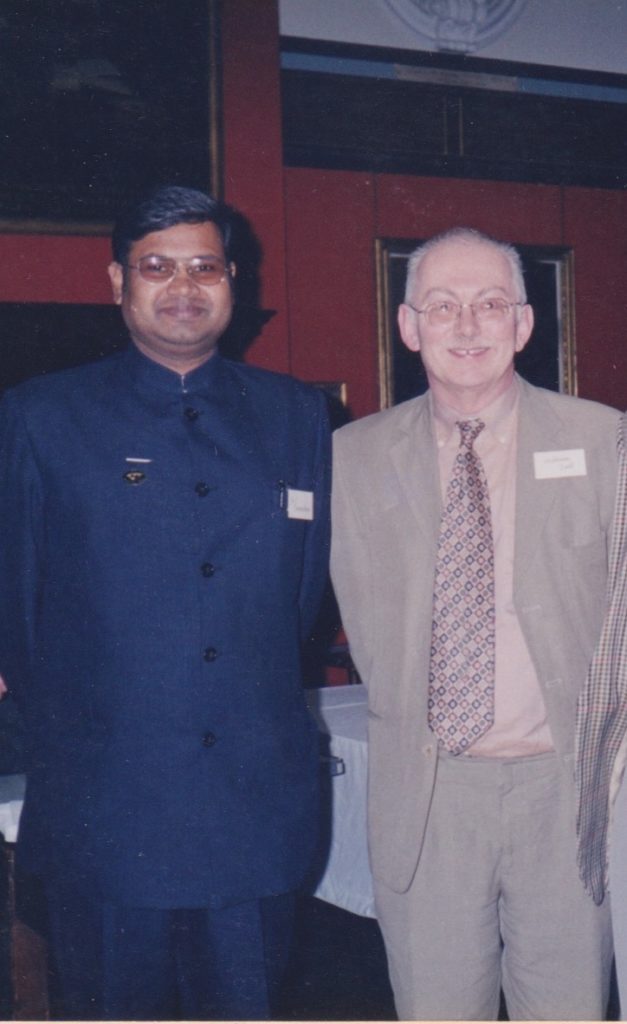
Graham Last: “In terms of handwriting in Schools in this country, one has to say that there has been a decline of standards over the last 20 to 30 years, no doubt about that. Less attention is being given to handwriting. A lot of young promising teachers going into the profession themselves have not had much in the way of teaching at school, they are not sure how form a letter shape correctly or how to join and therefore when they start to teach themselves they have very little to offer to the children in this respect.
In terms of italic I would say that there has been a sharp decline of teaching of italic here in primary schools across the country. The height was in the 1960’s and the 1970’s, very few schools do italics but a systematic approach is found in few schools, it is a rarity.
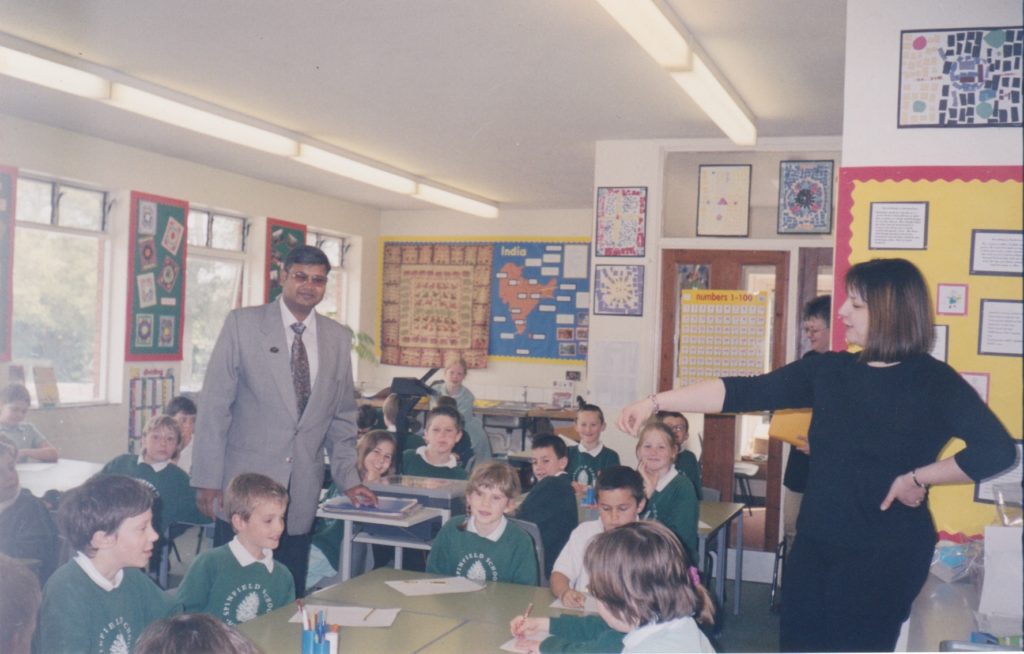
A lot of nonsense is being talked about italic, in terms of the fact that it is slow and holding back children and if this is the case it has been taught poorly in the first place or not really taught at all, children have been asked to discover handwriting, which of course they cannot do… There are certain elements of handwriting which have to be taught, it’s a question of instruction, if that doesn’t happen then there is a problem, it is not a static thing. The problem is throughout history people have tried to teach handwriting, any style, from a book or an exemplar and of course handwriting is a mini physical education lesson, it’s all about the movement, movement of the hand and particularly of the wrists, the nodding action of the wrists, about rhythm and that of course can’t be taught from looking at an exemplar or a book, so teaching is absolutely paramount. If you don’t get the teaching and instruction in, then it’s a problem. Then of course the other problem is the teaching needs to be done very early, the later you leave it, the more relearning there is to do. We know that it is very difficult to relearn any motor skills, that is a big problem.
I think there is another element too in all of this why handwriting is pretty poor in this country, we start children writing far too early before they have the fine motor control and hand eye co-ordination, children are pushed at sort of 4 years. What we should be doing with young children is like threading beads, getting the fine motor control developed, pattern work, getting them of course to hold writing implements in efficient ways.
Prof. K C Janardhan: I have been following the same things and share the same views that you have been expressing yourself.
Graham Last: Excellent! and I just feel at the moment that we are not making much headway because again it’s a question of handwriting being a Cinderella subject in the school and basically at the moment unless something dramatic drastic that happens, we will go on in the same mode. The problem is ICT, they want children to use a computer. Who wants to receive a Christmas card that isn’t handwritten? who is going to turn to a computer to do a shopping list?
We do need to learn to write swiftly and legibly, those are the two criteria, swiftness and legibility and I am afraid at the moment in English education, in my view those elements are frankly missing.
Prof. K C Janardhan: What about the blunder of teaching Calligraphy in Schools?
One has to do a distinction between Calligraphy and handwriting. Calligraphy is an art form and handwriting is something we do on an everyday basis, in my view, without a good foundation hand for your everyday handwriting, you are unlikely to be able to do much in terms of Calligraphy.
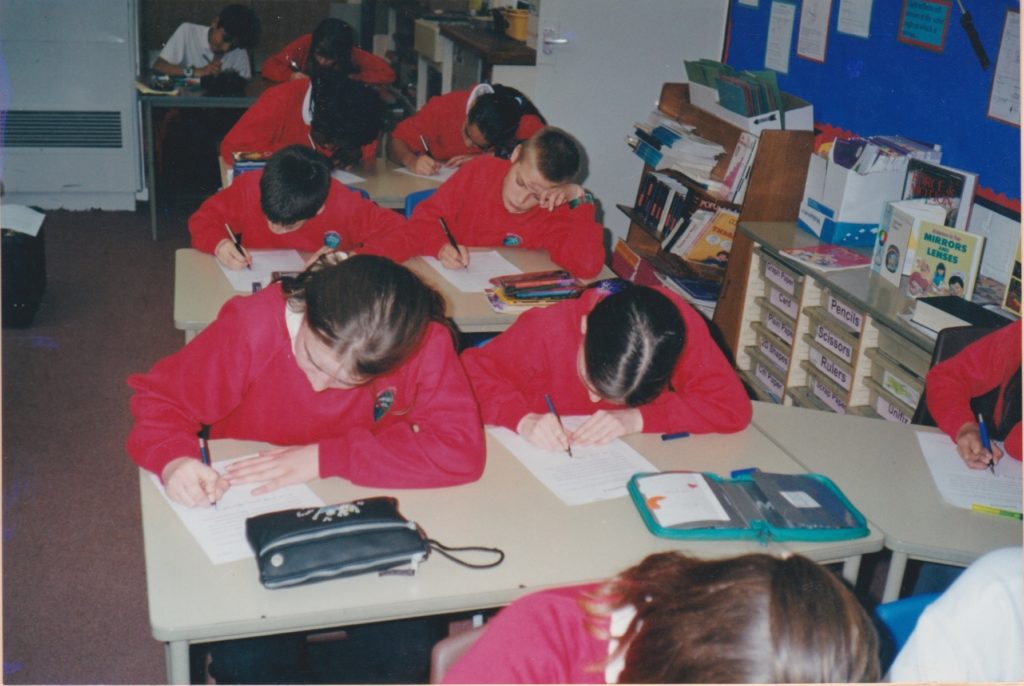
Prof. K C Janardhan: What is your opinion about the 15-day courses or one-month course, teaching four or eight different styles? Do you approve of it?
Graham Last: I think that’s problematical. What you’ve got to do is to lean one style and provide an efficient style it could be any style but it doesn’t have to be italic but italic has many merits what you need to do is to master that, in short by mastery I am talking about learn the movements which are actually embedded in your wrists in your hand and after that, when you have got a grounding, you might then if your interest leads you in that direction of start thinking about the other styles. But without a foundation there, without ensuring that you have a command of the pen, that you can actually get the pen to dance in your hand, I don’t think there is much point in tackling Calligraphy, that’s a much more advanced thing.
Prof K C Janardhan: Do you think, it is disastrous to Calligraphy?
Graham Last: I think it can be counter-productive, yes, it shows for itself, it simply doesn’t work.
Prof. K C Janardhan: There are lot of cowboys in my country who have been telling schools that if you learn Calligraphy it will improve your handwriting!
Graham Last: Calligraphy has no place in Schools especially in Elementary Schools.
Prof K C Janardhan: That’s Excellent!
Prof K C Janardhan: What is your view about my students and what I have been doing?
Graham Last: Well, I think action speak louder than words, you can see the dramatic improvements which must be helping these young people and the older people too you deal with, enormously and that must have had a great impact on their lives generally and that must make them much more confident people.
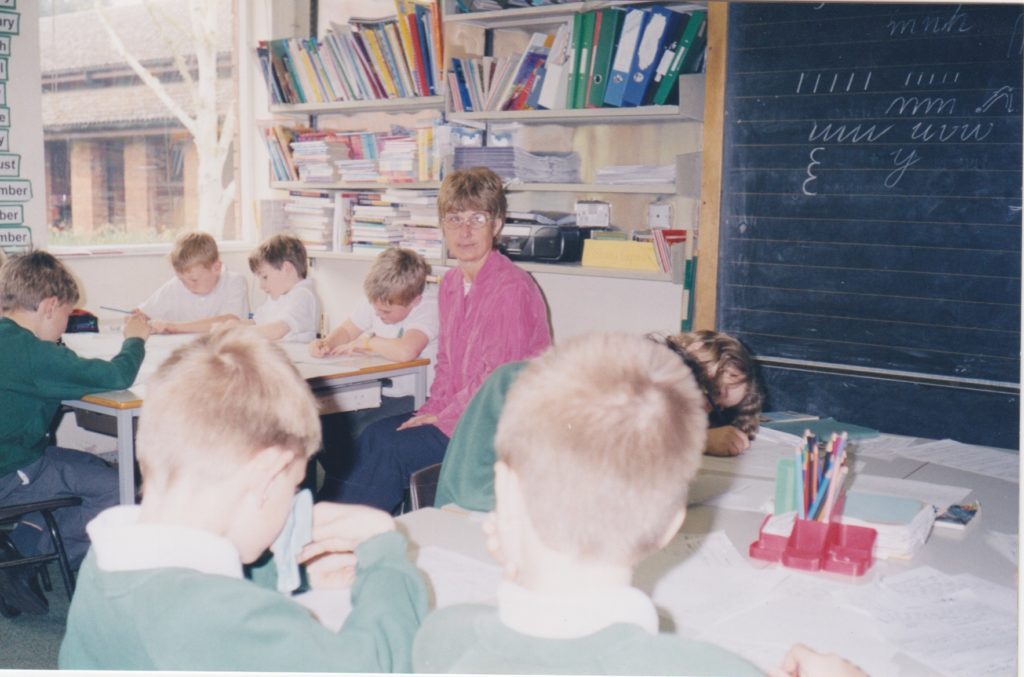
Prof K C Janardhan: Do you have any message for my students and my countrymen?
Graham Last: I think the message is that a good foundation hand is imperative. The only way you can learn that is to learn the movements. You need to get your teachers to understand the movements of handwriting and without them being instructed in that, so that they can pass that in a structured fashion to the children, handwriting will not improve, by improvement I am talking about two criteria – legibility and swiftness.
Prof K C Janardhan: Thank you very much Mr. Graham last for sharing your views and thoughts and we in our country assure you that we will do fantastic job and see that the italic handwriting flags kept flying high!
Graham Last:
“Hahahahaha…..Excellent Good hahahaha.”
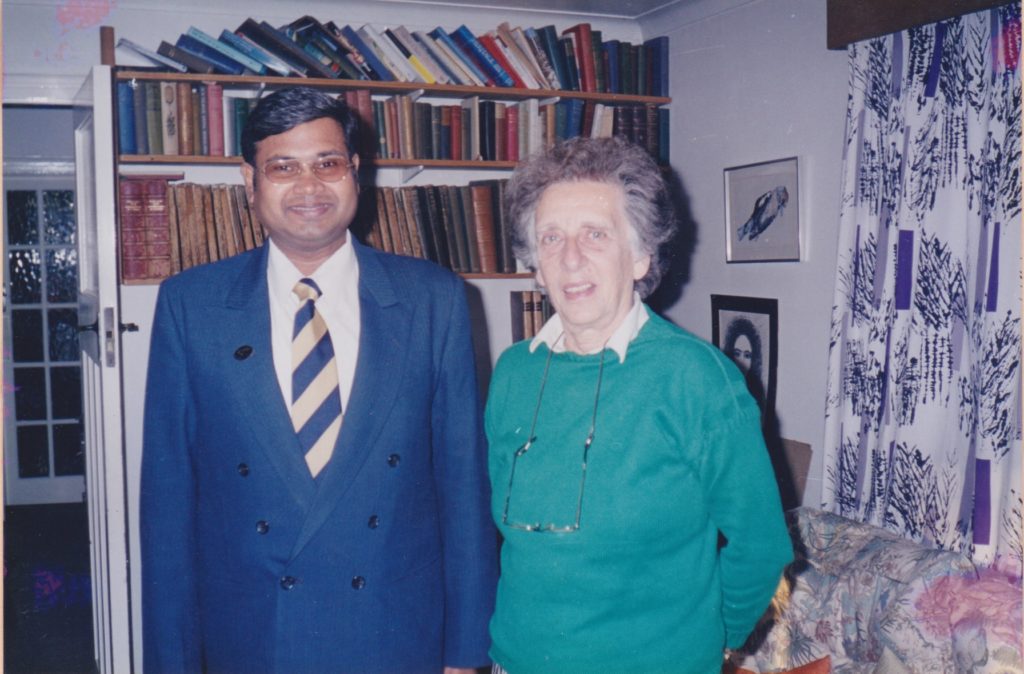
Dr Rosemary Sasoon – Celebrated author of many books on handwriting, living in Seven Oaks, Kent, England was kind enough to host Prof.K C Janardhan for a day with long discussions and her final impressions:
“With all the interdisciplinary research work you have done with the 7 elements and teaching handwriting with visual, auditory, olfactory appeal for sensory stimulation in your classes, you are doing more of healing in handwriting, you are healer! keep up the good work!
On his return to Bangalore:
The Times of India in 2001 titled an article as “This Indian Taught the English how to write”.
“That an Indian should be asked to teach the English how to write their language proves Janardhan’s Skill in handwriting”
Now Having read the British expressions which are very encouraging and endorsing the Maestro after experiencing him and the Indian media had to say in 2001, it is a befitting tribute paid by Sreenath Vishnu to the Maestro by creating a pen almost after two decades and naming it as “Newcastle” in 2020.
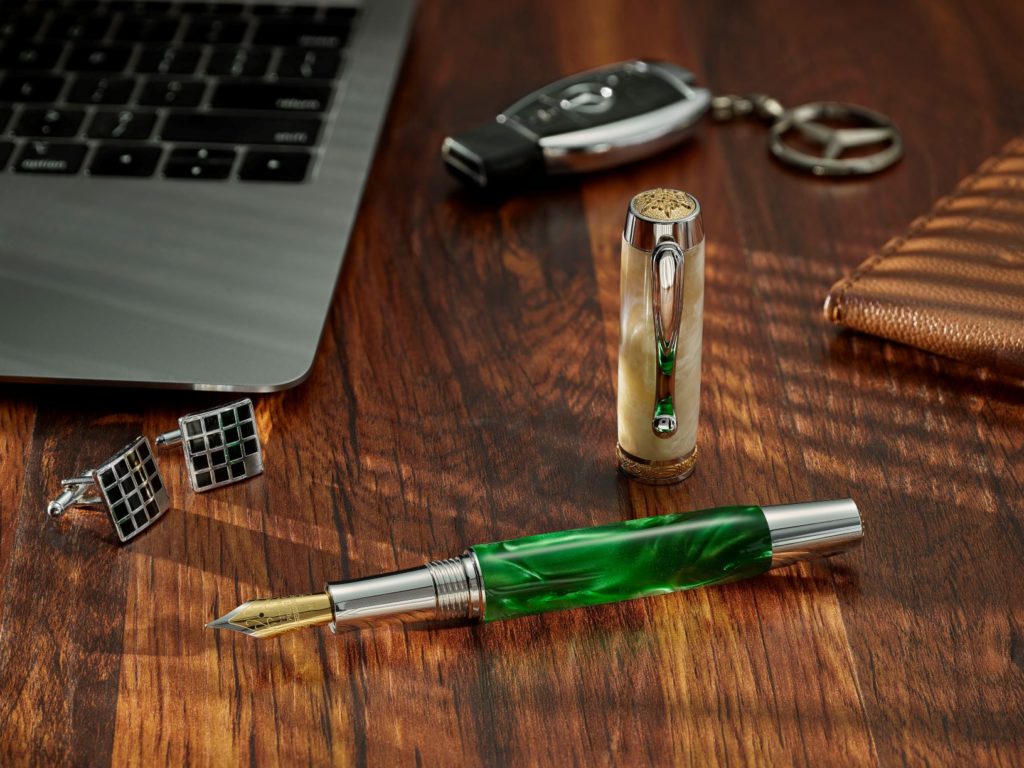
RYTOL Bespoke Luxury Pens is privileged, as it becomes the first ever company in the world to do so and being proudly INDIAN with a British collaboration for pen turning!
Newcastle may have exhausted its coal reserves and if it needs, it has to get it from somewhere else!
And yes the British, almost having run out of good handwriting in teachers, students and schools, now have to come to the Indian Maestro to learn their handwriting!
Editor’s Note: I have personally gone through all the documents and have also heard the audio files of interviews at J’s La Quill Museum of Handwriting, Lettering, Calligraphy, Fountain Pens & Other Writing Instruments in Bangalore.
PostScript:
K C Janardhan was selected by Rotary International as a Rotary Scholar 2000-2001, to go as a team member of the prestigious Group Study Exchange Programme to the UK. He became the first ever Handwriting and Calligraphy Expert to be selected in such a programme. He represented Rotary Dist: 3190 from Bangalore, India to R.I.Dist 1090 in United Kingdom.
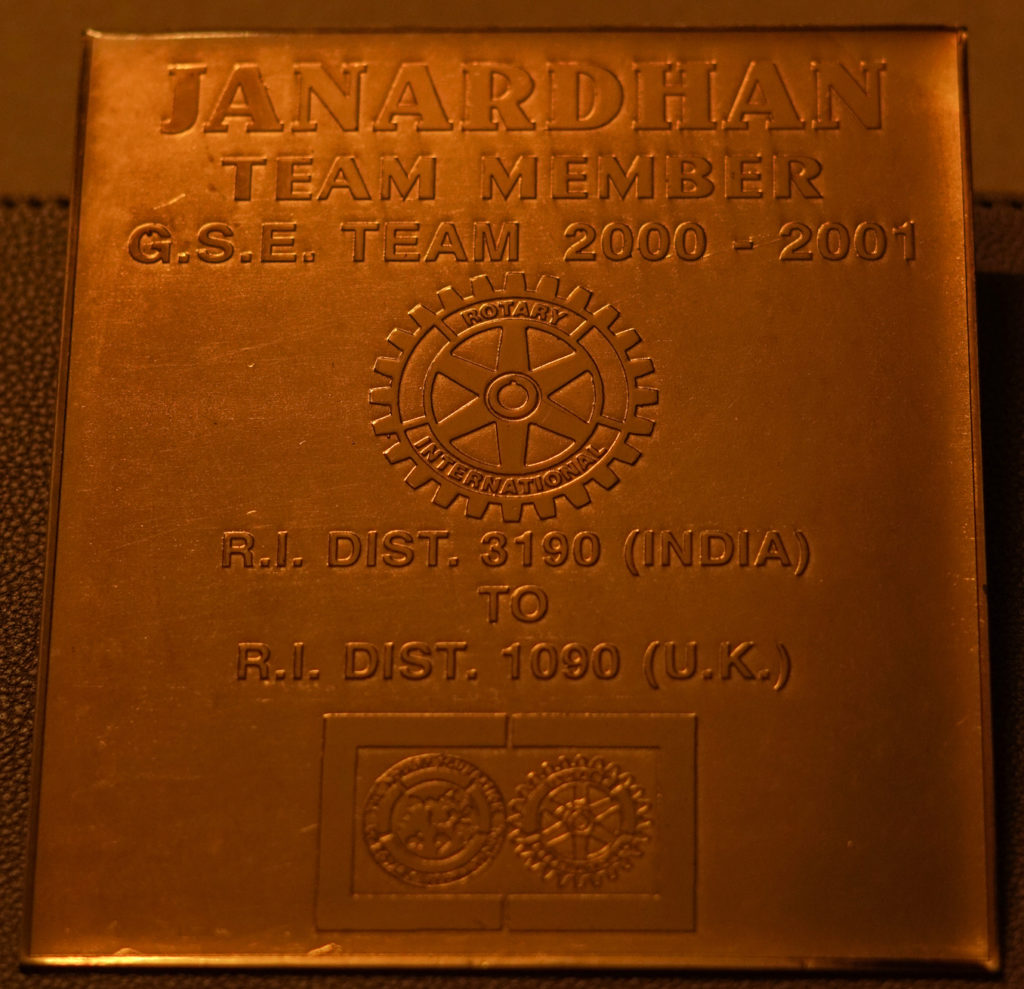
He is grateful to District Governor of R I Dist 3190 Dr Pritivi Raval, GSE Chairman Rtn Yogananda and Team Leader Rtn Rajendra Rai who selected him as a GSE team member as well as the District Governor of R.I.Dist 1090 John Chapman, GSE Chairman Derrick Hoare and his team of Coordinators and his wonderful Rotarian families who hosted him in each of those lovely towns of Marlow, Banbury, Farringdon, Whitney and Bracknell and treated him like a Prince!
For More information about Prof K C Janardhan: https://www.jsquill.com/
For More information about Rytol Pens: https://www.inkedhappiness.com/rytol-chairmans-fountain-pen/
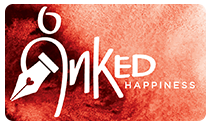
Superb explanation on handwriting where Mr.Janardhan visited in different countries and cities in England.
Thank you for those kind words
I wish if I am a tiny tot!! Just Amazing Sir!!!
Love the students…..
In our time school days
Summer vacation
Everyday English one page
Bengali one page handwriting…
Same thing Shreya also done
In her school days…
But now no one interested in this..
I always admire children, those whose are handwriting is still beautiful…..
I v one power too..
I can analyze a person character throughout his/her writing…
It’s my God gifted….
Bangalore days missing your museum..
Missing lots of things….
But no way to move on…
With regards..
Dear Mrs.Banerjee,
Nice to know about the handwriting practice in English and Bengali every day during summer. Please continue to do so even now. In fact quite a lot of IT professionals , Doctors and others have taken keen interest in handwriting in the last five plus years.
You are most welcome to the museum, before you leave for Kolkata.
Excellent Prof Jana,Iam very much excited and proud a student of Vailankanni School achieved heights in his profession that Hand writing-it is not physical phenomena or activity.but training the sensory organs with cognitive action in writing practice.It discipline the mind for keen observation of External stimuli into overall performance in both writing and drawing also.
All the Best
Dear Dr.Thirunavukkarasu,
Thank you for your good wishes, sentiments and insights into Handwriting expressed beautifully. I am glad that you mentioned our School.
Request you to kindly update me about our common connection with Vailankanni School.
Words fall short for all work that Prof Janardhan has done by pursuing his passion. True inspiration to genarations.
Dear Jawahar,
I hope the future generations will find their passions and pursue a career according to the inner voice.
Appreciate your good work… Rear to see these days.. Someone still working on to grow the forgotten skill …..
Dear Kiran,
Looking forward to more people working on preserving this art in its true form and teaching it to the future generations to enjoy it’s spleandour and grandeur.
It needs great Patience and lot of determination to achieve such heights in a field which too many people are not aware of. Congratulations on your achievement and I wish you more greater heights of success in the same field
Dear Bhaskar,
Thank you for your understanding and your genuine wishes.
Calligraphy and Handwriting Maestro K C Janardhan sir is doing a Noble work. I have attended his Mont Blanc handwriting masterclass held at Hotel Grand Sheraton, Bangalore.
He explained the handwriting styles beautifully. He has devoted his entire life for the forgotten art of handwriting. He is the gem of a person. Very simple, soft spoken and honest in his work. Above article by Chawm is the mirror of his work across the globe.
As fashion goes around and repeats itself,
some day again… beautiful writing with hands will be back in fashion. All the very best to Janardan Sir.
Dear Mrs.Vaidya,
Thank you for sharing your experiences and good words. I am glad to have experienced your hospitality along with your husband and his excellent company that evening!
As a Rotarian of 32 years of standing, I am happy and proud to note how Jana made use of the GSE visit to UK during 2001. Incidentally I happened to be President of my home club during that Rotary year 2000-01. It is this single minded passion of Jana, despite all the constraints and road-blocks brought him all this laurels. I wish him more such laurels and many years health, happy and peaceful years ahead!
Dear Rtn.Dr.Ravikumar,
I thank you for your understanding,
encouragement and all the good wishes.
I remember when school teachers used say on seeing my English and Hindi writing….Wow what a beautiful handwriting, very neat and clean like pearls. I was asked to write on blackboard everyday pleadge or any messages in the classroom or on the main gate Welcome board. I certainly felt proud. But as the grade levels changed it also deteriorated and gradually forgot to write with pens and pencils. Though sometimes keep on writing to find if i could really write beautifully neat and clear…yes i still do but now no one is bothered to say adjectives on it. Only those who love or have artistic features may only appreciate.
On Maestro :
K.C Janardhan Sir has always been a great support to me and many as well for his kind encouragement. He is not only a big calligrapher who is worldwide personality but also a lovely human being. His easy and friendly approach depicts his greatness. Simply he is “larger than life personality for me”. Feels so proud to have went through all your interviews mentioned in the Artical. All the words by various personalities adorns your pleadge in improving handwriting among students, teachers, parents, employees and so on , and love for the letters and calligraphy. Hats off!
Dear Sagar,
Thank you for sharing your experiences with handwriting and good words of acknowledgement.